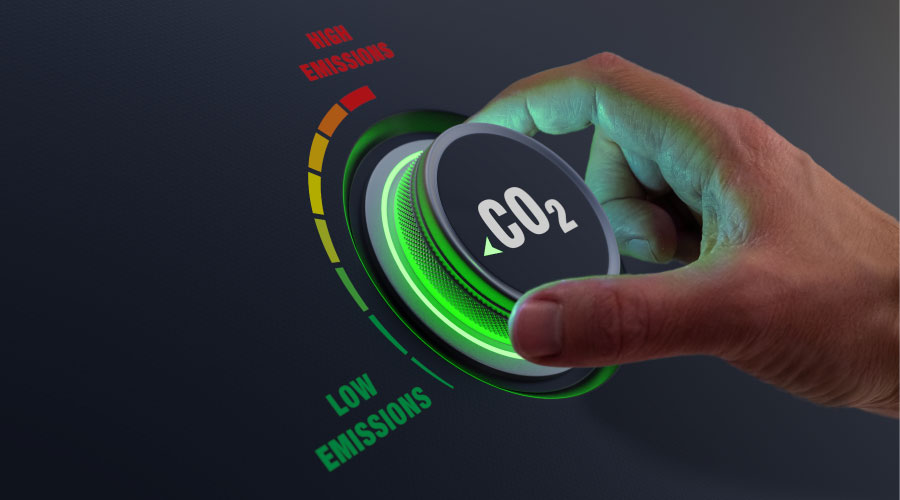General Energy Audits Collect Long-Range Data
The general energy audit, typically performed by an outside auditing firm, expands on the preliminary by collecting more detailed data over a longer period of time. In this instance, an auditor often performs more in-depth interviews with facilities technicians and installs temporary meters on certain loads to monitor daily, weekly or monthly use of light, water, or heat.
The general audit also might involve the expertise of a programmer who builds a computer model of a building’s mechanical or electrical systems. The computer model helps identify energy losses because it allows users to test different energy-conservation measures to optimize overall building performance.
For example, data gathered in a preliminary audit might identify energy savings by recovering heat on a boiler stack. But the computer model might show that using an economizer removes too much heat from the building, requiring additional — and more expensive — heating to keep the building comfortable. Computer modeling also allows managers to look at the building on a holistic level, instead of analyzing potential energy-saving efforts individually.
Energy Audits: Reasons and Resources
Energy audits are time-consuming and often expensive. So why perform one in the first place?
Managers have a number of reasons to invest in a study that takes a detailed look at a building systems’ energy use, as well as a number of resources to help the process succeed.
The most obvious reason is to save money. Porous building envelopes, poorly coordinated automated systems and the use of outdated fixtures can significantly drain an operating budget. With energy costs at an all-time high and continuing to climb, the cost of an energy audit is insignificant, compared to the savings the organization could realize.
A number of private and government programs offer incentives for operators of energy efficient buildings. The U.S. Green Building Council’s Leadership in Energy and Environmental Design for Existing Buildings (LEED-EB) rating system offers certification for buildings that implement a stringent energy savings plan. The program requires managers to create a comprehensive operation and maintenance plan to meet the requirements of current building use, and it addresses the HVAC, lighting, and safety systems, as well as building-automation controls.
The program also requires a commissioning plan for carrying out the testing of all building systems to verify they work according to the operation and maintenance plan. This plan and the commissioning plan can follow an energy audit. LEED-EB certification not only guarantees cost savings, but also lends clout and credibility to the building owner and tenants.
The American Institute of Architects (AIA) also offers an energy-savings plan. Its 2030 Challenge asks the architecture and building community to approach all new construction and major renovations with the goal of using no fossil fuel or green-house-gas-emitting energy to operate by 2030. To achieve this goal, the AIA suggests implementing sustainable-design strategies, generating on-site renewable power, and purchasing renewable energy or certified renewable energy credits.
The federal government has spent $140 billion on the first phase of an energy savings plan that seeks to reduce energy use. State and municipal agencies across the country also offer energy savings plans and incentives to significantly reduce energy use.
Related Topics:














